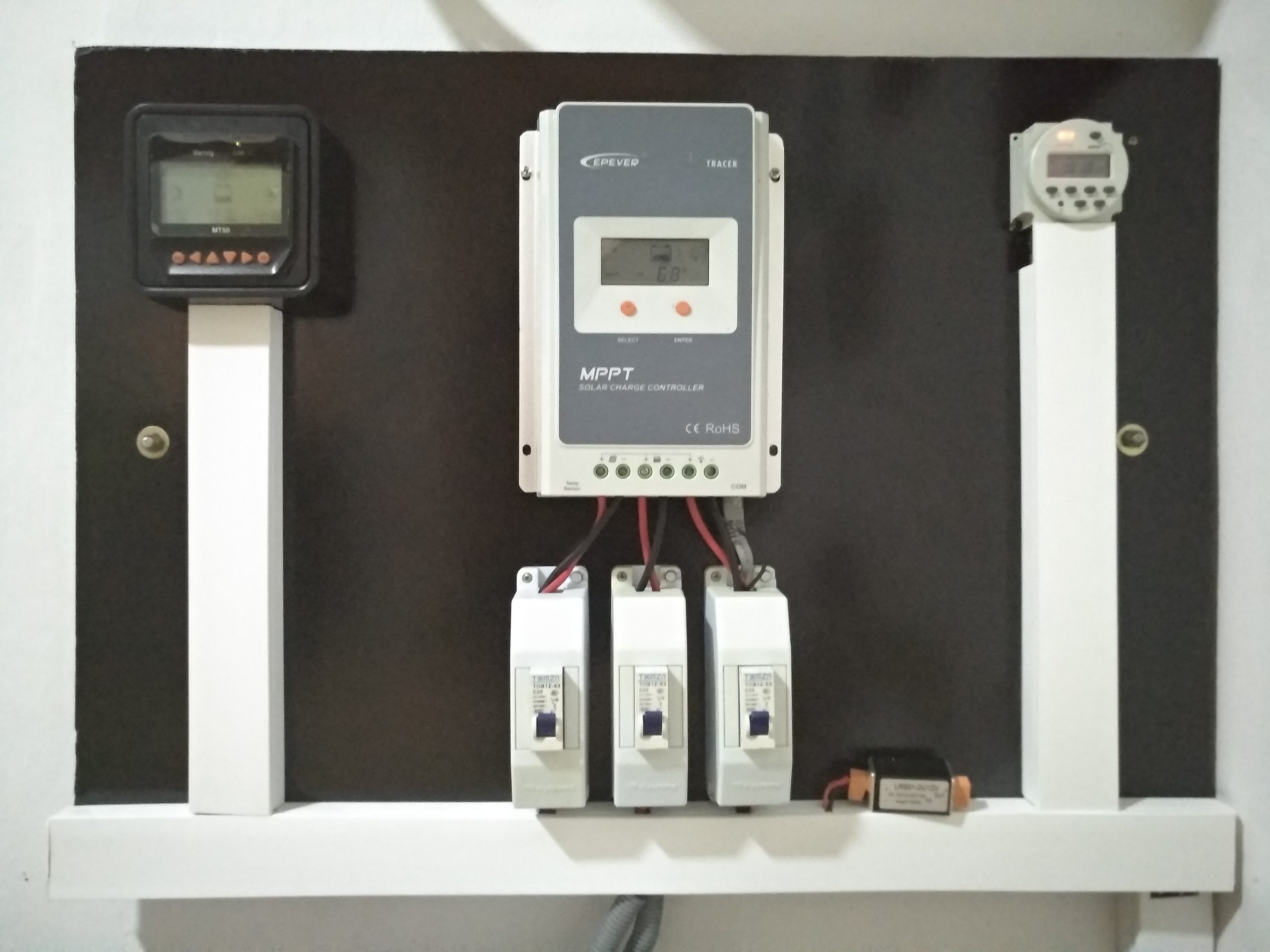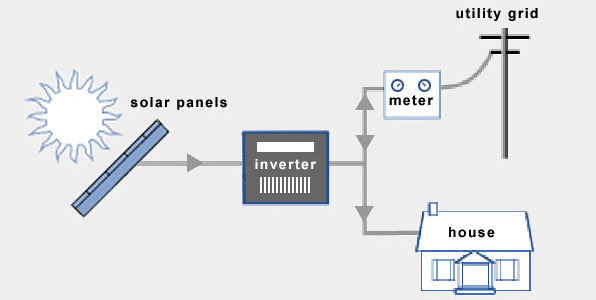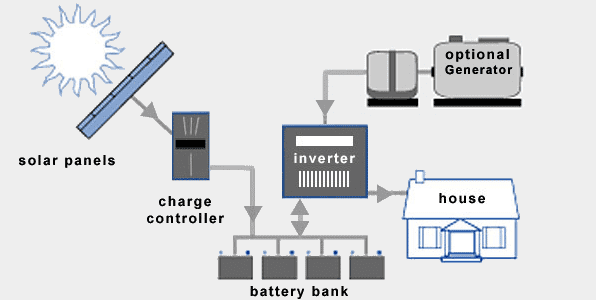Last Updated on 2 years by admin
Solar is totally green; no gas emissions are released into the atmosphere when you use solar panels to create electricity. Sun provides more energy than we’ll ever need, wasting that energy is not what we should do in this era, electricity from solar power is a very important energy source, you can even call it a “clean energy production.”
Why do “techpapa” share posts on Solar Projects?
Apart from home automation, solar off-grid is also another hobby of mine, therefore most of the future listings are shared through my personal experience. It may not be the perfect article on the web, but the information shared in the posts comes with some hands-on testing therefore it will be easy for me to support your questions. Also, I will be happy to see another person trying out something that is shared or even to see someone gain knowledge. Even though everyone can’t be a techie or don’t have the time to play with DIY projects / own solar projects, It will help them to choose the best company for their systems and no one will be able to play out as you know the subject.
How the electricity is generated
Many houses have solar panels on the roof and some even have solar farms. Do you know how the electricity is generated from these panels? or how is it used? Though this is a bit of a complex topic, we at techpapa plans to simplify the process and give the basic idea to all webbies out there. Our aim is to give you all the basic knowledge to build your own system. It can even be a simple backup power project similar to an emergency lamp or even a full-time electricity generation, depending on your capacity and requirement.
All you need is the basics; rest you can build up and we are here to support your questions through comments.
In our future topics, I will try to explain each part in a simple way so you all will know what each part in the solar system does and why it is important. Before that, it is important to know the types of systems.
Types of Solar System
There are two types of solar systems in common. –
- On Grid Solar System (Grid-Tied)
- Off-Grid
Apart from the above main types of installation, there is a Hybrid system as well; however, due to more complexity and cost nowadays, it is not common in the community.
Though our focus is mostly on the Off-Grid system, I will explain both in simply to have a basic idea.
What is On-Grid?
On-Grid or the Grid Tied System is very common in most countries, and people use this system even as an extra income method. I will explain this more in the post below.
Grid-Tied, the word itself, explains the system. Grid is the primary power source that we receive power. GridTied systems always look for solar grid power. It exports the electricity which is generated from the solar system without any storing. When the Grid power drops the grid-tied inverter senses it and stops the productivity.
Pros of Grid-Tied System
- Less maintenance (no need to change batteries from time to time)
- Cost-effective (you can recover the installation cost mostly in 5 years or less)
- No need to worry about the power consumption of the connected items
Cons of the System
- If grid power drops the system power also drops, does not work as a backup
- Need approvals from the Grid power supplier
- The initial cost is high
On-grid also falls into 3 categories by the way it is commissioned, but this may not be the same for all countries. Therefore, check with the country laws for more details.
* Net Metering system
The customer generates electricity using solar panels fixed to their houses and connected to the grid through a net metering solar system. The customer has to pay only for the net amount of electricity that is consumed. In this system, if that particular customer’s production exceeds his consumption, he can bring forward the balance and consume it in the months forthcoming. No fee will be paid for the excess electricity produced. This can go on for years depending on the agreement signed. Technically, any renewable resource like wind, hydro, solar and biomass can be net-metered. But at the domestic level, solar PV systems are the preferred option, owing to resource availability, smaller space requirements and ease of operation and maintenance. Solar PV systems are available in the market in a wide variety, quality and of course, prices.
* Net Accounting
If the generated units of electricity using the solar panels fixed on their houses are higher than the amount he consumed, the client will be paid for the number of extra units. If the consumption is higher than the generated, the consumer has to pay at the existing electricity tariff for the excess electricity consumed.
* Net Plus system
Get paid for the amount of electricity generated using the solar panels fixed. Unlike the net energy metering method, there is no linkage in-between the electricity consumption of the client and the electricity generation. The customer has to pay for the electricity consumed according to the existing tariff. The Electricity Company will pay for the total amount of electricity generated.

On-Grid Solar System
What is Off Grid Solar System?
Off-Grid is a standalone system; it has no connection to the main power source. These systems can be easily implemented. These systems can easily upgrade if you plan well and start. My existing system also began with a 40W and a 20A charge controller which helped to charge a 35A car battery. Step by step, I have upgraded the system.
Off-Grid systems mainly include below items-
- Off grid Solar Panels
- Charger Controller
- Battery
- Inverter – if the user needs to convert the power to match the grid voltage, then the inverter is required; however, many devices in the current market works with 12v DC power which can be directly connected to the battery. Therefore, inverter is not a must in the system)
Pros of building an Off-Grid System
- Can install in any remote area which has sunlight
- Works even grid power is not available
- Can start implementing even with a low budget
Cons
- Batteries need replacing from time to time (looking for cheap batteries? checkout)
- Need to monitor the load and consumption of the load

Off Grid System
The next topic will be Safety Tips– whatever we do we have to be safe, and we must make sure others are not in danger with the action that we take so I believe Safety is really important. Some Of you may not build a solar system for your entire life but even if you rent a cottage for the vacation that has a solar system this post may help you stay safe or to effectively use the system.
Like to design your own Off-Grid System? Check out
4 thoughts on “Introduction to Solar systems”
Leave a Reply
You must be logged in to post a comment.




This blog Introduction to Solar systems & Types of Solar System helps me a
lot with my battery problems.
) Kiss you all!
Thank you for your loving comments. Hope you like the home automation section as well. We have linked Siri Shortcuts with HOME AUTOMATION
Smart Home Siri Shortcuts
Hi, the Introduction to Solar systems & Types of Solar System article it is
well written and was a pleasure to red it.
Thank you for your loving comments. Hope you like home automation section as well